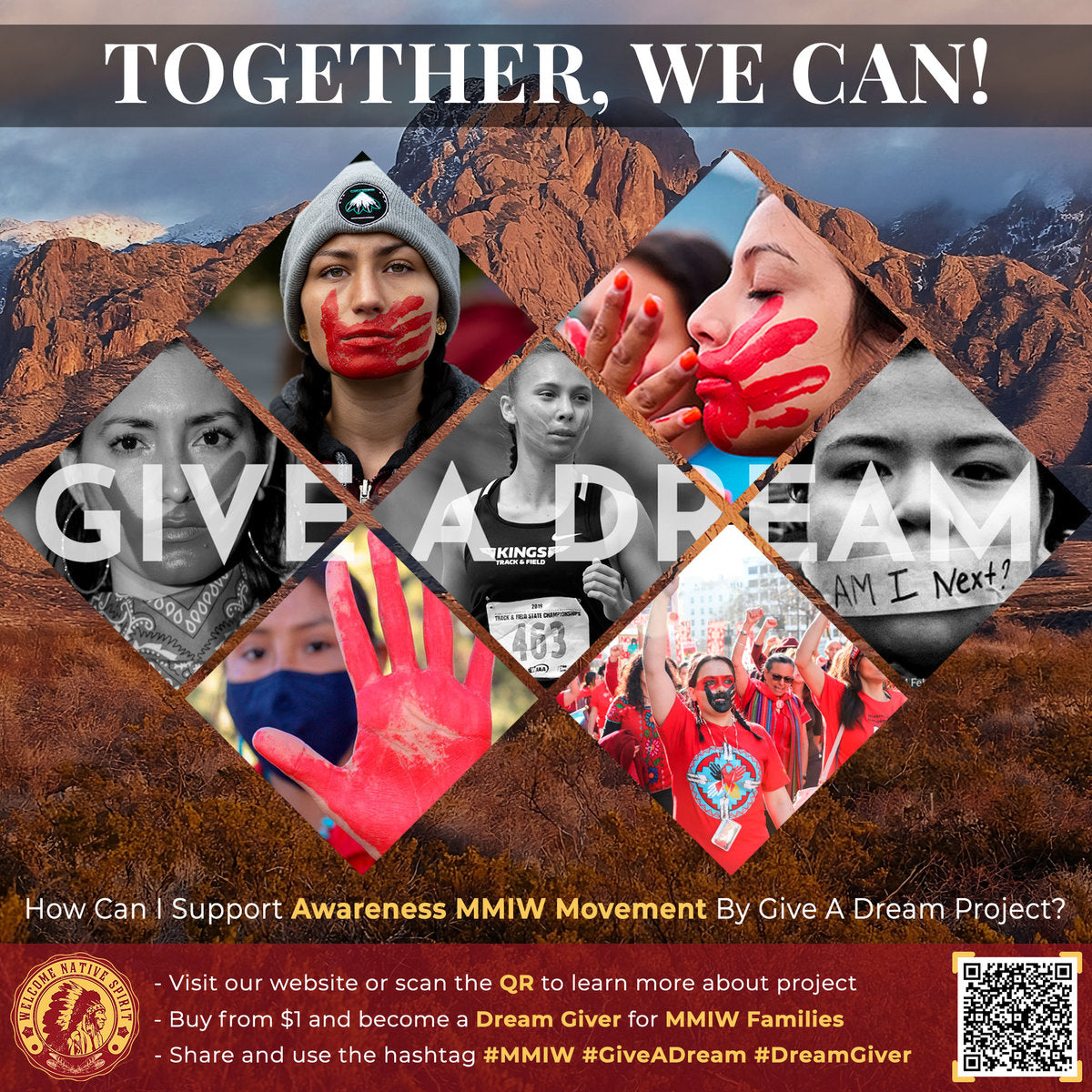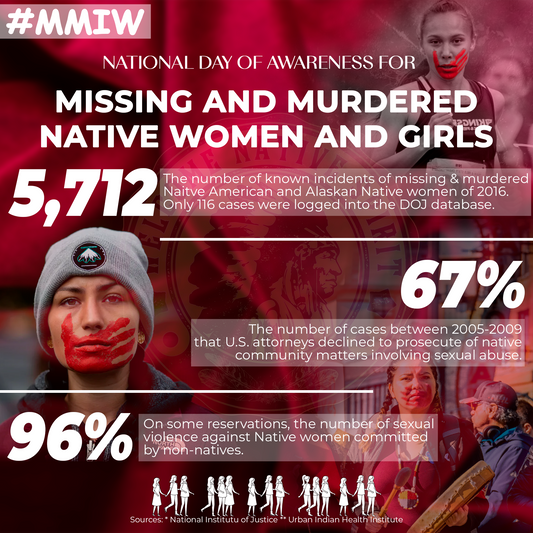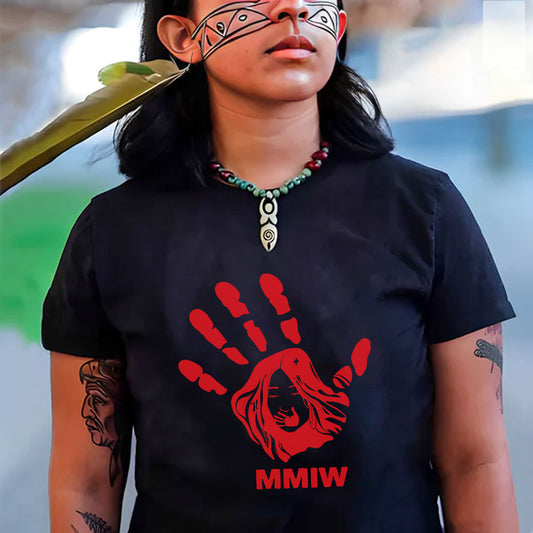In the 1830s, Congress passed the Indian Removal Act, which forcibly removed thousands of American Indians from their homelands in the southeastern United States. They were relocated to an area of land then known as Indian Territory, now the state of Oklahoma. This tragic event is referred to as the Trail of Tears. Over 10,000 Native Americans died during removal or soon upon arrival in Indian Territory.
Since its inception, the United States government struggled with a problem. Greedy citizens and politicians in the southeast wanted the valuable lands occupied by the Cherokee, Chickasaw, Choctaw, Muscogee (Creek), Seminole, and other tribal nations. Following the Louisiana Purchase, an enormous acquisition of territory west of the Mississippi in 1803, President Jefferson presumed that the tribes could be persuaded to give up their homes in exchange for land further west.
Following Jefferson’s lead, President Andrew Jackson pushed for the passage of the Indian Removal Act of 1830. The act provided funds for the United States government to negotiate removal treaties with tribes. The federal government coerced tribal leaders to sign these treaties. Factions arose within the tribes, as many were opposed to giving up their homelands. Cherokee Principal Chief John Ross even traveled to Washington to negotiate alternatives to removal and pleaded for the government to redress the injustices of these treaties. The United States government did not deviate from its policy.
Although President Jackson negotiated the removal treaties, President Martin Van Buren enforced them. The impact of the removal was first felt by the Choctaw. Starting in 1831, they were forced off their lands in Mississippi. The years 1836-38 saw the Creeks, Chickasaws, Cherokees, and Seminoles forced from their homes and removed to Indian Territory.
Some United States citizens disagreed with the actions of the government, including Congressman David Crockett of Tennessee. Christian missionaries also denounced the injustice of the policy. Noted missionary Elizur Butler, who accompanied the Cherokee and served as their doctor, estimated that over 4,000 people, a fifth of the Cherokee population, died along the trail.
“Will not the people in whose power it is to redress Indian wrongs awake to their duty? Will they not think of the multitudes…swept into Eternity by the cupidity of the ‘white man’ who is in the enjoyment of wealth and freedom on the original soil of these oppressed Indians?”
- Lucy Ames Butler, wife of Elizur Butler, to her friend Drusilla Burnap in 1839.
OVER 125,000 NATIVE VOICES WERE SILENCED, BUT WE WILL NOT LET THEM BE FORGOTTEN.
125,000 Native Americans from the Cherokee, Creek, Seminole, Chickasaw, and Choctaw tribes were forcibly removed from their homelands. Many never made it to the places they were forced to go. They fell on the Trail of Tears, where their voices were silenced forever. But today, we won't let them be forgotten.
Imagine being forced to leave your home, leaving behind everything you know and love. You’re compelled to walk hundreds of miles, through harsh weather, without enough food or water. The road ahead doesn’t lead to a better life, but to a journey filled with suffering and death.
On that cruel journey, the elderly, women, and children faced unimaginable hardships. They watched their loved ones fall, unable to help. Every step on the Trail of Tears brought them closer to death, as disease, starvation, and exhaustion slowly claimed their lives.
The Trail of Tears was not just a journey of migration. It was a brutal act aimed at erasing an entire culture, silencing voices, stories, and dreams of thousands of innocent people. It was a betrayal, not only to those who perished but to the future of these tribes.

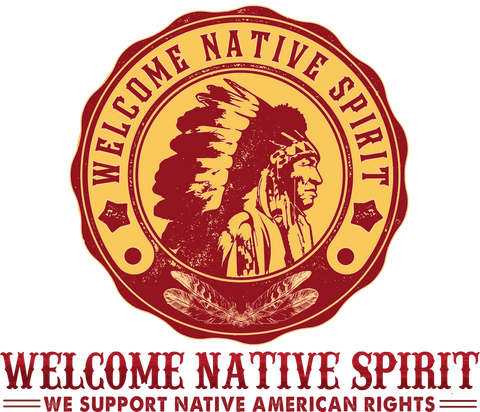

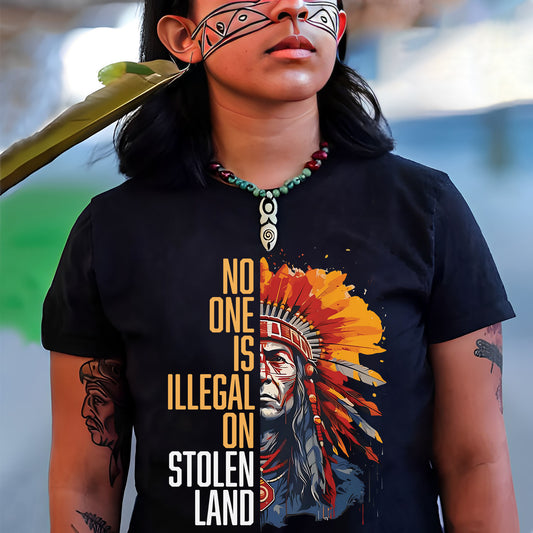

![[Two Sides] Trail of Tears The Deadly Journey Unisex T-Shirt/T-Shirt V-Neck/Hoodie/Sweatshirt](http://welcomenativespirit.com/cdn/shop/files/20_2bae9cf5-c07c-4ea5-a8ea-de74aa71325d_533x.jpg?v=1757466962)
![[Two Sides] Trail of Tears The Deadly Journey Unisex T-Shirt/T-Shirt V-Neck/Hoodie/Sweatshirt](http://welcomenativespirit.com/cdn/shop/files/gray_-2side_b51af6c7-cea9-4004-90db-cb8d883be04a_533x.png?v=1759742586)




